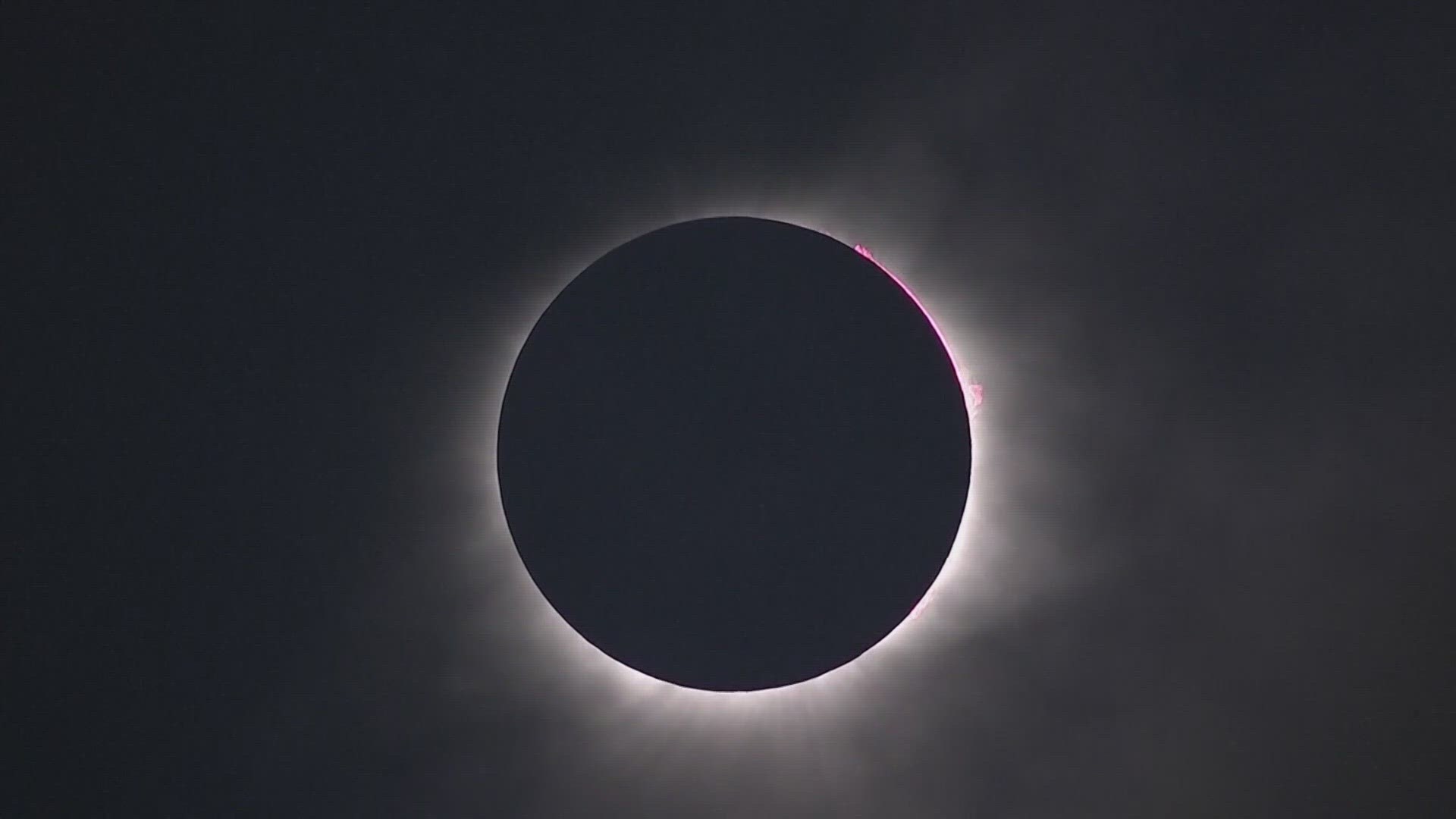OXFORD, UK — You may have seen pictures of the gas planets Uranus and Neptune depicting Uranus as having a pale greenish hue and Neptune as a deep blue, but a new study from a researcher at Oxford University suggests that the two planets might be more similar than previously thought.
A paper published in the journal Monthly Notices of the Royal Astronomical Society by Patrick Irwin, a planetary physicist at Oxford University, says that the true colors of Neptune and Uranus are actually much closer than previous images suggested.
Irwin and the research team argue that both planets share a very similar color, a "greenish-blue" shade.
According to Irwin and his team, the colorful misconception began because images of the planets captured in the 20th century, such as the ones taken by the Voyager 2 spacecraft, were taken in separate, single colors, which were then recombined into composite color images which were "not accurately balanced".
Irwin also stated that images of Neptune especially were enhanced to better reveal details on the planet's surface, giving it a much bluer, more contrasted appearance.
“Although the familiar Voyager 2 images of Uranus were published in a form closer to ‘true’ colour, those of Neptune were, in fact, stretched and enhanced, and therefore made artificially too blue,” said Irwin in a statement on the study. “Even though the artificially-saturated colour was known at the time amongst planetary scientists – and the images were released with captions explaining it – that distinction had become lost over time."
Irwin says the new images put together by the team from other instruments show the "true apparent" color of both Neptune and Uranus.
Story continues below
"Applying our model to the original data, we have been able to reconstitute the most accurate representation yet of the colour of both Neptune and Uranus,” said Irwin.
For the study, Irwin and his team used data from the Hubble Space Telescope’s Space Telescope Imaging Spectrograph (STIS) and the Multi Unit Spectroscopic Explorer (MUSE) on the European Southern Observatory’s Very Large Telescope.
The instruments reportedly capture a spectrum of colors in each pixel, which Irwin and his team were able to "unambiguously process" and use to rebalance the composite color images from Voyager 2 and the Hubble Space Telescope, revealing the "true" colors of the planets, as the study states.
While Uranus and Neptune are similar in color, according to the research, Neptune does have a "slight hint of additional blue", which the model shows is because of a thinner haze layer on the planet.
According to Irwin, the study also suggests an answer to why Uranus seems to change color during its 84-year orbit of the sun.
Images recorded by the Lowell Observatory in Arizona reportedly showed that Uranus appears slightly greener at its solstices, when one of the planet’s poles is pointed towards the sun, but has a "somewhat bluer tinge" during Uranus' equinoxes, when the Sun is over the equator.
Irwin and the team believe this is due partly to Uranus' unusual spin, lying almost on its side during its orbit, and the team's conclusion that a "haze" of methane ice particles, which are red-absorbing, is about half as abundant hear the poles than the equator.
“The misperception of Neptune’s colour, as well as the unusual colour changes of Uranus, have bedevilled us for decades," said Dr. Heidi Hammel, of the Association of Universities for Research in Astronomy, who was not involved in the study. "This comprehensive study should finally put both issues to rest.”
More space stories from 6 News:

